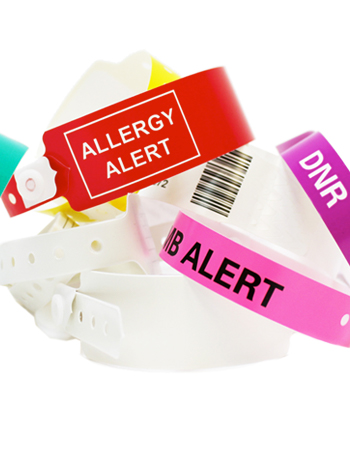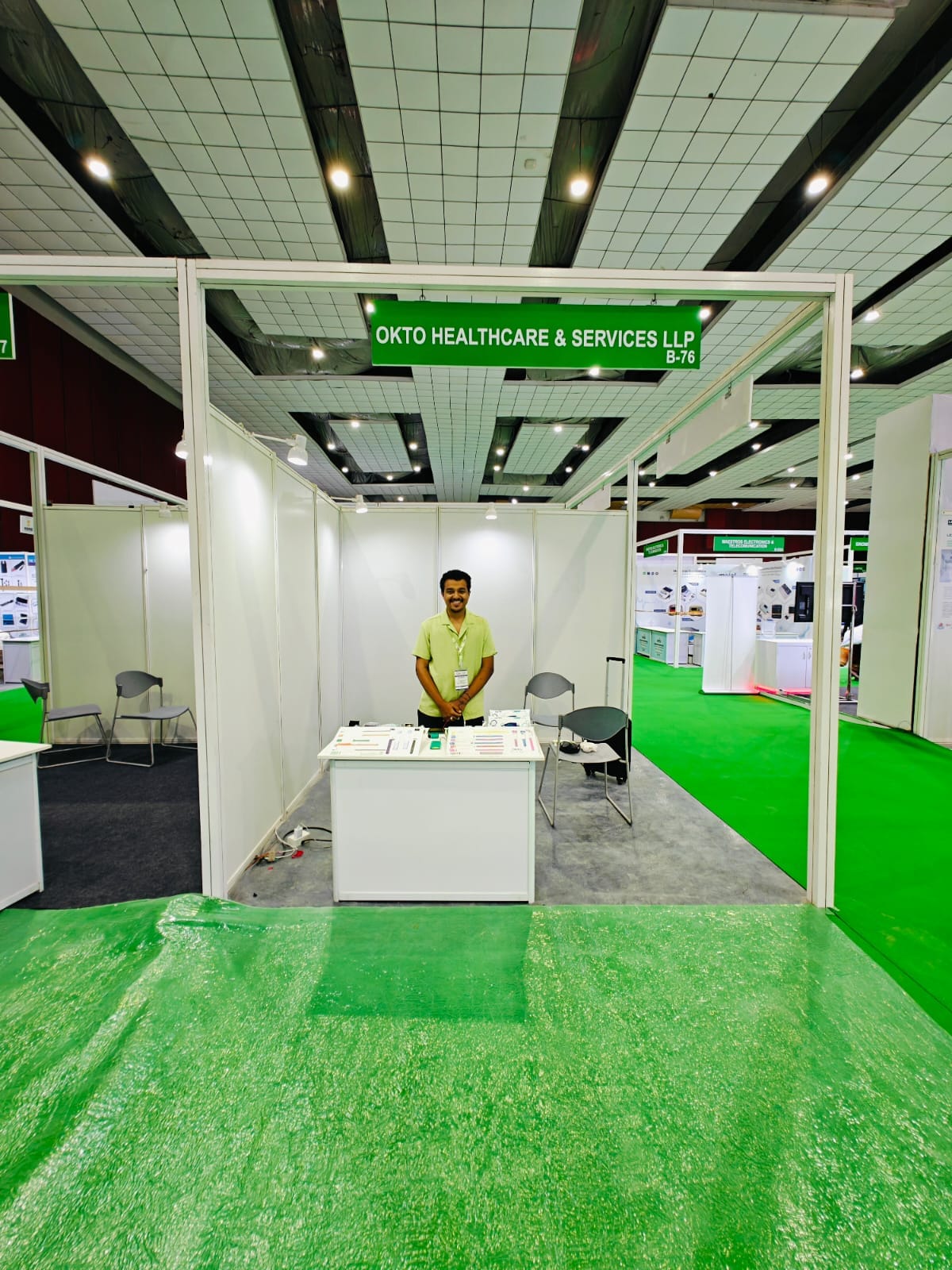The Function of Patient Identification Band in Guaranteeing Accurate Medical Records
The Function of Patient Identification Band in Guaranteeing Accurate Medical Records
Blog Article
Streamlining Client Care With Efficient Recognition Bands
The implementation of effective recognition bands is a crucial component in boosting client care within medical care setups. As the landscape of person recognition evolves, one need to take into consideration the ramifications of these systems on general healthcare shipment and client outcomes.
Value of Patient Recognition
Making sure exact patient recognition is vital in health care setups, as it directly impacts the security and top quality of treatment offered. Misidentification can cause serious errors, consisting of providing the wrong medication, carrying out inaccurate procedures, or miscommunicating important individual info. Such mistakes not only jeopardize patient safety and security however can also cause lawful ramifications and reduced count on in healthcare systems.
Efficient client recognition is essential to establishing a safe and secure setting where patients receive customized and proper care. It helps with the accurate documents of case histories, allergies, and treatment strategies, guaranteeing that doctor have accessibility to important details in any way times. Moreover, robust identification procedures aid enhance interaction among medical personnel, boosting cooperation and minimizing the danger of blunders.

Kinds Of Identification Bands
Recognition bands play an essential role in maintaining accurate patient documents and enhancing safety within medical care atmospheres. Various kinds of recognition bands are made use of to accommodate the certain requirements and demands of different individual populations.

One more kind is the ankle band, which is especially useful for infants and infants, making sure that identification remains intact also throughout treatment procedures. Specialized bands, such as those for allergy informs or fall danger indications, give additional layers of safety by attracting prompt interest to important patient problems.
Just recently, electronic identification bands have actually gotten popularity, integrating barcodes or RFID technology that can be scanned to swiftly obtain client data. These bands improve operations and lessen the threat of human error throughout person recognition procedures.
Benefits of Effective Identification
Effective identification of people through using recognition bands adds dramatically to total individual safety and care high quality. By ensuring that each patient is properly determined, medical care providers can efficiently match medical therapies and procedures to the right individual, minimizing the risk of errors. This is particularly important in settings with high patient turn over, where the possibility for misidentification is greater.
Moreover, effective recognition bands improve communication among healthcare groups. Precise and clear person identification promotes collaboration and makes certain that all employee understand a patient's certain demands and clinical history. This communication is essential for providing coordinated treatment, especially in emergency circumstances where time is essential.

Inevitably, efficient identification through the use of identification bands not only safeguards patients yet likewise advertises a society of security within medical care facilities (Patient Identification Band). By prioritizing accurate identification, healthcare organizations can boost outcomes and improve the overall client experience
Implementing Recognition Systems
While the importance of individual identification is well recognized, the implementation of robust identification systems presents a complex difficulty for health care organizations. Establishing reliable recognition systems needs a thorough strategy, encompassing modern technology, employees training, and process combination.
First, organizations have to choose appropriate recognition technologies, such as barcode scanning, RFID, or biometric systems. Patient Identification Band. These modern technologies should be reviewed based on price, usability, and compatibility with existing framework. A pilot program can assist identify possible issues before major execution
Next, thorough training for staff is necessary. All personnel need to understand the value of accurate client recognition and be competent in using Get More Information the chosen technologies. Routine training updates and analyses can strengthen best practices and make sure ongoing compliance.
In addition, healthcare companies ought to create standardized treatments for client identification across all departments, boosting and minimizing discrepancies interaction. Normal audits can aid recognize spaces index in adherence to these methods.

Ultimately, an efficient implementation of recognition systems not only enhances client safety yet additionally fosters a culture of responsibility and diligence within healthcare settings, guaranteeing constant and dependable individual treatment.
Future Trends in Individual Identification
Developments in innovation are readied to change patient identification practices in medical care setups. The integration of biometric recognition approaches, such as fingerprinting and face acknowledgment, is expected to enhance precision and security. These technologies can significantly decrease the risk of misidentification, making sure that clients obtain the right treatments and drugs.
Moreover, the implementation of blockchain modern technology for person records is obtaining grip. This decentralized technique can supply a tamper-proof and safe and secure method for taking care of patient identifications, thereby enhancing access to vital information across different doctor.
Another pattern is the raising use mobile health and wellness applications that leverage QR codes for client recognition. These applications permit real-time updates and simple access to person data, equipping health care specialists to make educated decisions quickly.
In addition, expert system (AI) is poised to play an essential role in assessing client identification data, determining patterns, and forecasting possible recognition errors before they take place.
As these innovations advance, they guarantee not only to improve person safety and security however likewise to boost the overall performance of healthcare distribution systems. Embracing these developments will certainly be important for future-proofing patient care practices.
Conclusion
In conclusion, effective identification bands are crucial for boosting person safety and care high quality within medical care setups. By lessening the risks connected with misidentification, these bands promote timely and accurate details retrieval, inevitably improving communication amongst doctor. The execution of robust identification systems not just cultivates a society of safety and security but additionally placements health care institutions to adapt to future trends in person identification innovation, guaranteeing optimal outcomes for patients in varied professional atmospheres.
As the landscape of patient recognition progresses, one should consider the ramifications of these systems on general medical care distribution and individual end results.Efficient client recognition is essential to developing a safe and secure atmosphere where patients obtain tailored and proper treatment. Inevitably, prioritizing reliable client identification strategies not just promotes a culture of safety but likewise contributes to improved person results and general fulfillment with health care services.
Reliable identification of patients via the usage of identification bands adds substantially to overall person safety and security and care high quality. The implementation of robust identification systems not just promotes a society of safety and security yet also settings medical care establishments to adapt to future trends in client identification modern technology, making sure optimal outcomes for clients in varied professional environments.
Report this page